The words “yams” and “sweet potatoes” are often used interchangeably, but are they the same thing? Yams vs sweet potatoes – let’s break it all down!
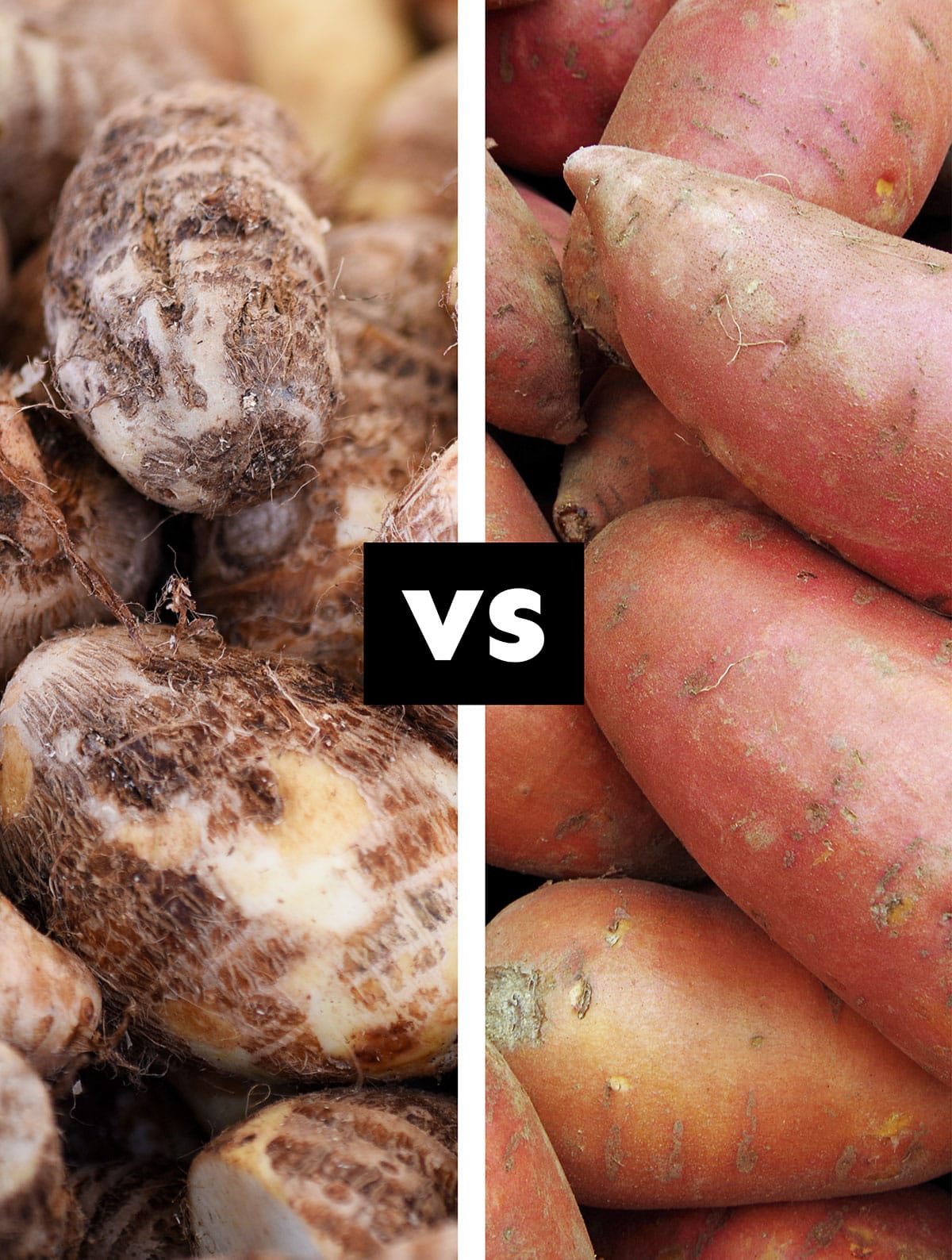
Have you ever found yourself in a grocery store, staring at yams and sweet potatoes, pondering the age-old question: what exactly sets these two tubers apart?
Many of us use the terms “yam” and “sweet potato” interchangeably believing that they are the same tuberous vegetables. To the surprise of many, however, yams and sweet potatoes are not the same thing at all. In fact, they belong to entirely different botanical families and possess distinct characteristics. So let’s have a look at these two unrelated vegetables.
What’s the Difference Between Yams and Sweet Potatoes?
Family
Yams are a monocot, which are plants having one (thus mono) embryonic seed leaf, and are from the Dioscorea family.
Sweet potatoes are a dicot and are from the morning glory family (technically Convolvulacea, but morning glory is a nicer name).
Origins
According to the US Library of Congress, yams are native to both Africa and Asia which is unusual as plants generally begin in one region and spread. Sweet potatoes originated in Central and South America.
So why do we confuse the two? It started in the USA where initially we grew hard varieties of sweet potatoes. In the early 1800s, softer varieties of sweet potatoes were developed and enslaved people began calling the harder varieties yams because they resembled the yams grown in their native Africa. The slave trade is actually what brought yams to the United States, as their ships brought them from Africa to feed them en route.
Today there are around 600 varieties of yams, most still grown in Africa. There are similarly around 400 varieties of sweet potatoes, and China is the world’s largest producer accounting for over half of worldwide cultivation. In the USA North Carolina is the leading grower with over 100,000 acres dedicated to growing our thanksgiving favorite.
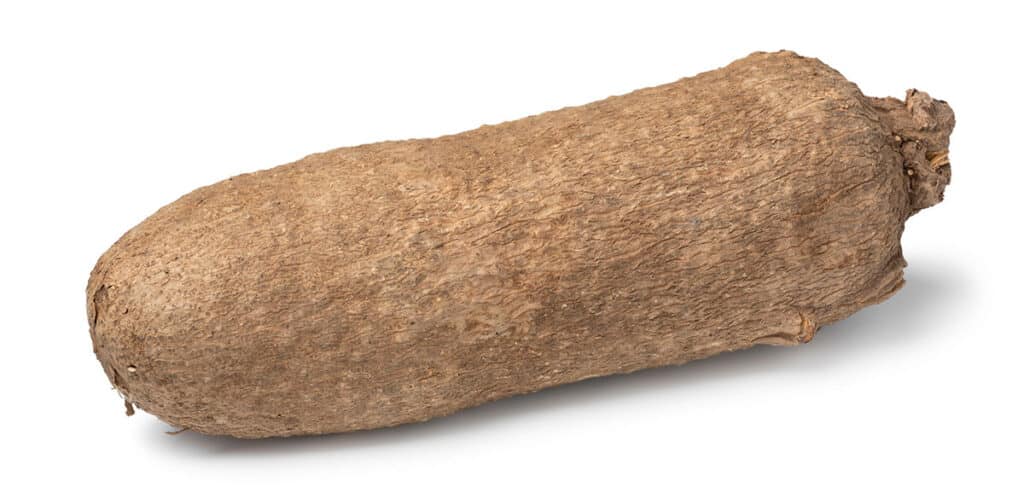
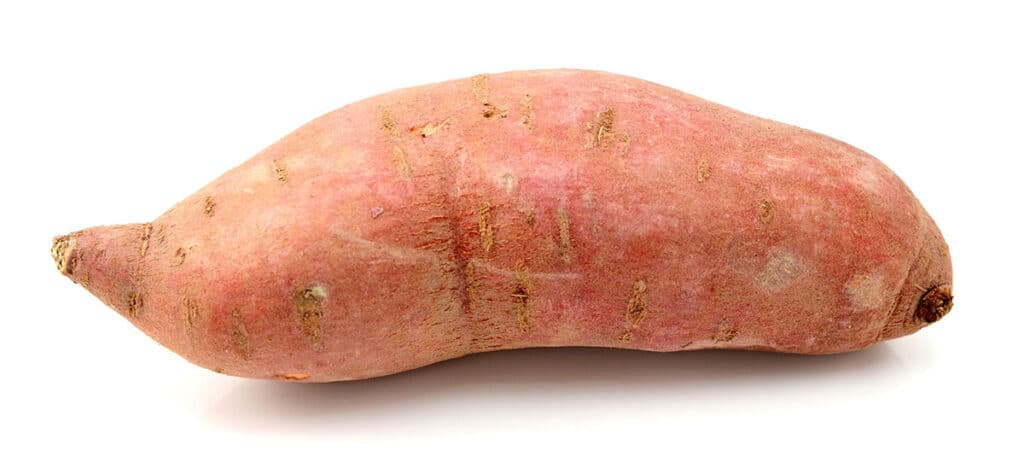
Appearance
Yams and sweet potatoes exhibit noticeable variations in appearance.
Yams tend to be larger, cylindrical in shape, and have rough, bark-like skin. Their flesh can range from off-white to vibrant colors such as purple or yellow.
Sweet potatoes have tapered ends, smoother skin, and are available in a wide spectrum of colors, including orange, yellow, and even purple.
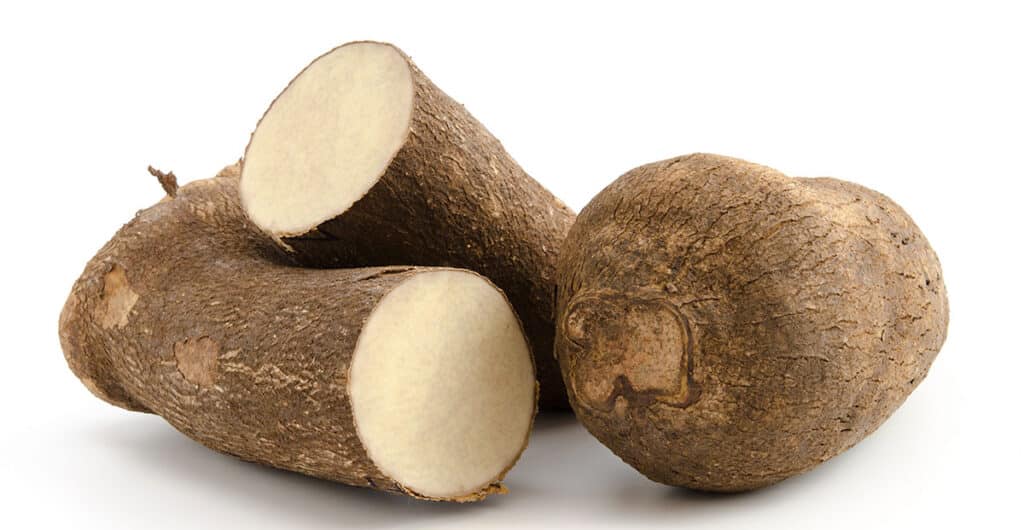
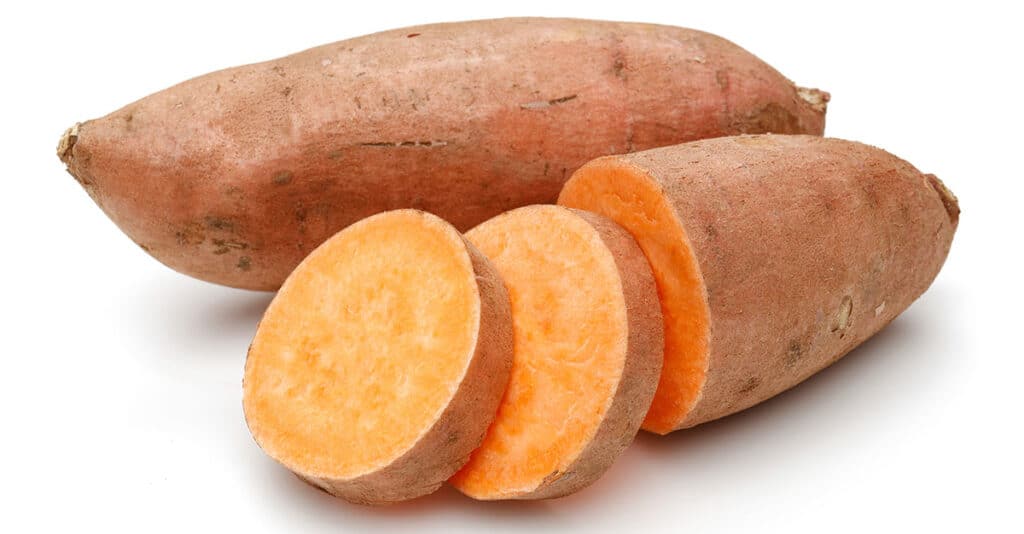
Flavor and Texture
Yams have a less sweet flavor, and tend to be dried and starchier than sweet potatoes.
Sweet potatoes have a naturally sweet taste with hints of earthiness. They have a creamy and soft texture when cooked. Some varieties of sweet potatoes have a subtle nutty flavor, especially when roasted or baked. This nuttiness is not typically found in yams.
Nutrition
Both yams and sweet sweet potatoes are nutrient-dense and provide several health benefits. Their nutritional compositions, however, differ slightly. Yams are an excellent source of carbohydrates and are rich in dietary fiber, potassium, vitamin C, and manganese. On the other hand, sweet potatoes are renowned for their high content of beta-carotene, a precursor to vitamin A, fiber, and potassium.
In the table below we show key nutrition data for sweet potatoes and yams for a 100 gram serving.
| Sweet Potato | Yam | |
|---|---|---|
| Calories | 90 | 116 |
| Carbs (g) | 20 | 27 |
| Protein (g) | 2 | 1.5 |
| Fiber (g) | 3.3 | 4 |
| Vitamin A (% RDA) | 110 | 3 |
| Vitamin C (% RDA) | 4 | 13 |
| Potassium (% RDA) | 14 | 20 |

Uses
Yams and sweet potatoes offer many versatile culinary possibilities, but their distinct textures and flavors lend themselves to different preparations.
Yams’ starchier texture and only mildly sweet taste lends to their common use in savory dishes, such as stews, curries, and fries. The sweeter taste and softer texture of sweet potatoes are often favored for baking, roasting, mashing, and creating delectable pies or casseroles.
Sweet Potato Recipes
So are yams and sweet potatoes the same? Definitely not, so keep that in mind at the grocery and while searching for recipes. We hope you found something you can use here, and as always happy cooking!
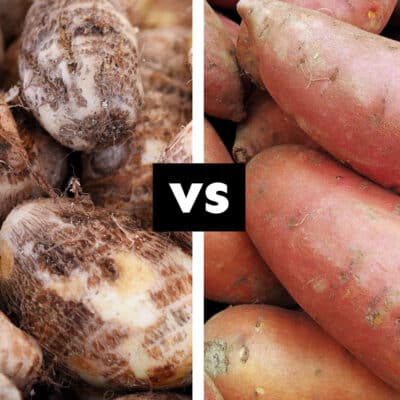
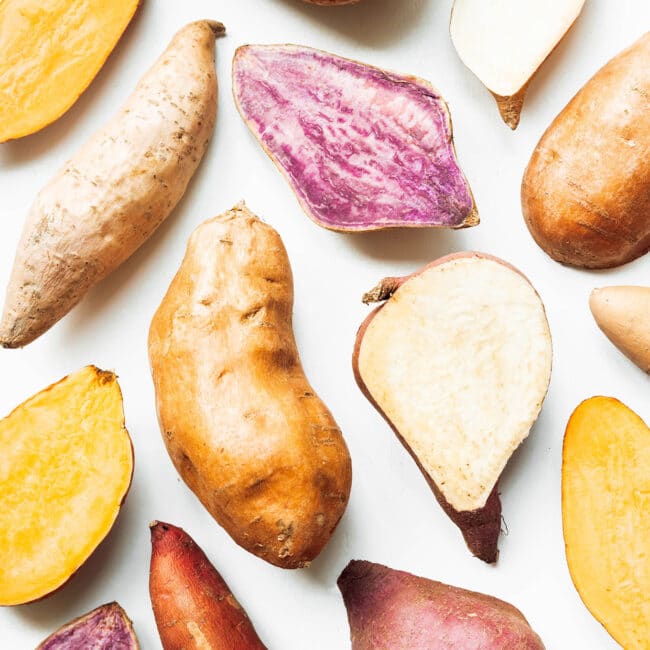

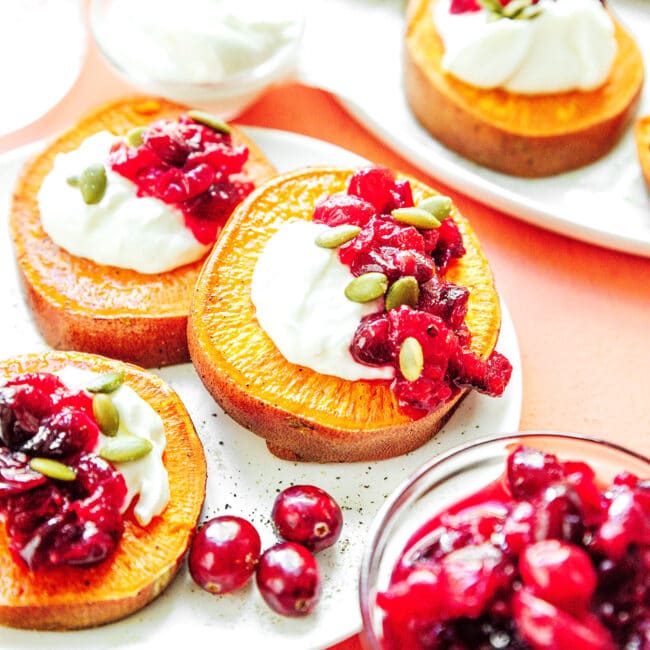
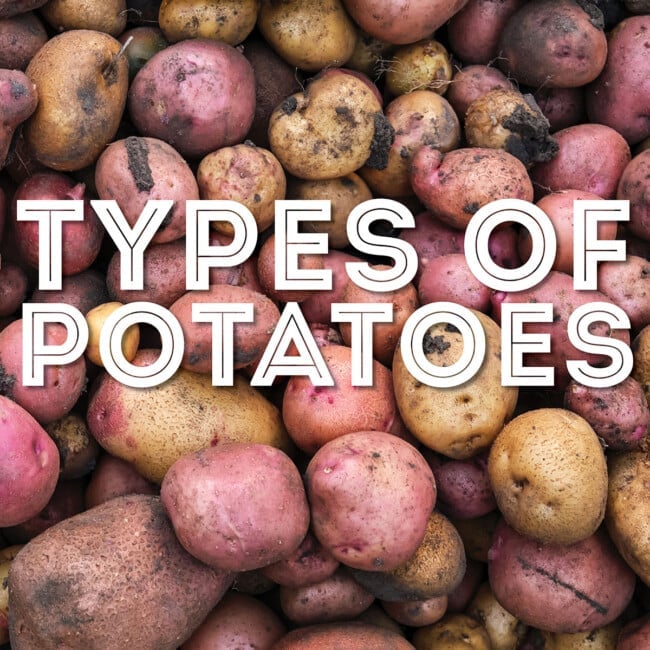
Kathryn Wilkinson says
Thank you for the info! I’ve never seen yams in my local markets. But here in Mississippi, we produce a lot of sweet potatoes… nothing better!
Patricia Kustra says
Thanks, that is very useful information.